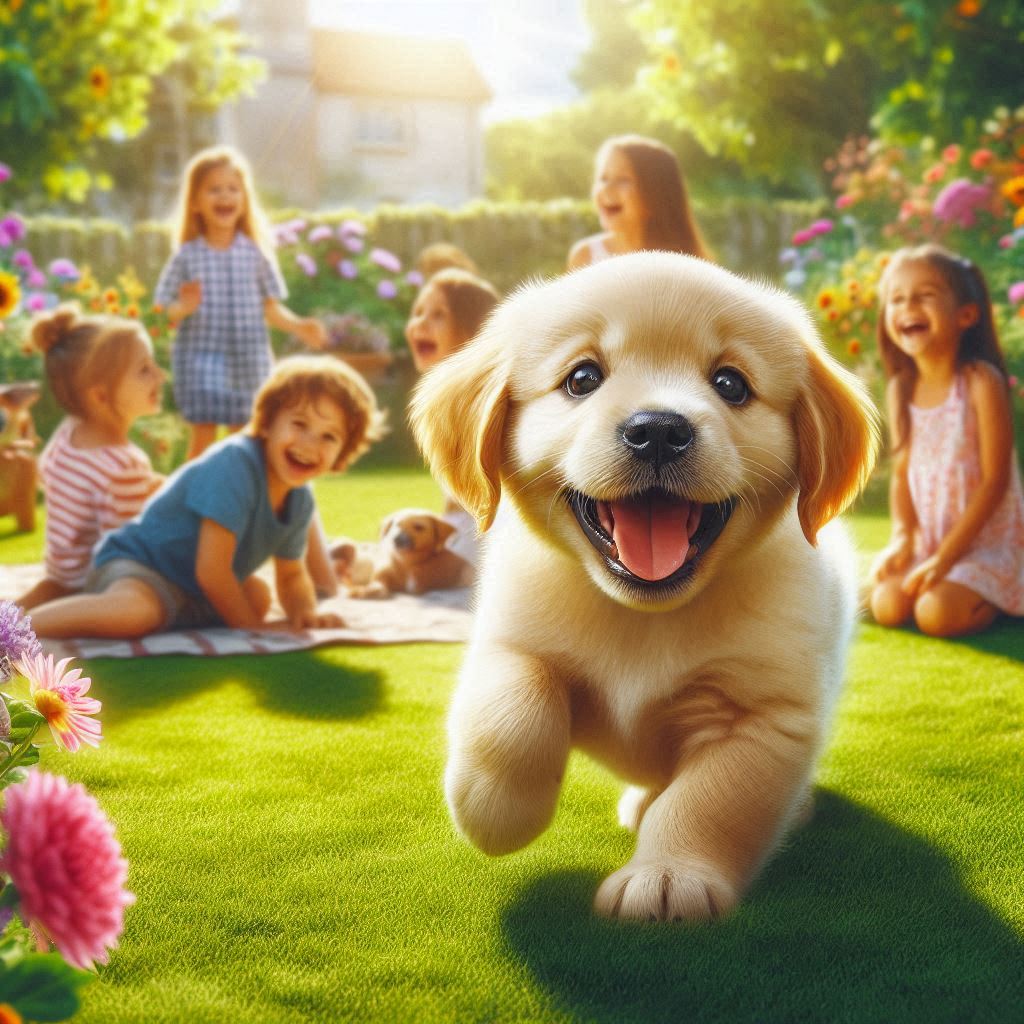Bringing a new puppy home is an exciting and joyful experience, but one of the biggest challenges new pet owners face is potty training. Teaching your puppy where and when to go potty can feel overwhelming, but with the right plan, it’s possible to potty train your puppy successfully in just 7 days. A consistent, positive, and patient approach will set your puppy up for good habits and a happy home.
In this guide, we’ll walk you through a straightforward 7-day potty training plan designed to help you and your puppy get off to the right start.
Day 1: Establish a Consistent Routine
The foundation of potty training is a solid daily routine.
- Set consistent feeding times: Feed your puppy at the same times every day. This predictability helps regulate their digestion and potty schedule.
- Take your puppy outside frequently: Puppies have tiny bladders and need to go often — aim for every 1 to 2 hours during waking hours.
- Choose a designated potty spot: Take your puppy to the same outdoor location each time. The familiar scent encourages them to use this spot consistently.
Consistency on day one creates the structure your puppy needs to learn where to go potty.
Day 2: Learn Your Puppy’s Signals
Each puppy shows subtle signs when they need to go. Your job is to watch and respond quickly.
- Observe behaviors: Look for sniffing, circling, whining, or sudden restlessness.
- Act immediately: When you notice these signs, take your puppy outside right away.
- Praise and reward: When your puppy potties outdoors, immediately give verbal praise and a small treat. Positive reinforcement builds good habits.
By tuning into your puppy’s signals, you reduce accidents and speed up training.
Day 3: Introduce Crate Training
Crate training is a powerful tool to support potty training.
- Choose the right crate: It should be just big enough for your puppy to stand, turn around, and lie down comfortably.
- Explain the crate’s purpose: Puppies naturally avoid soiling their sleeping area, so a crate teaches them bladder control.
- Set a schedule: Limit crate time to a few hours, and always follow with an immediate outdoor potty break.
A properly used crate helps prevent accidents and provides your puppy a safe, cozy den.
Day 4: Limit Indoor Access
Prevent accidents by controlling where your puppy can roam inside.
- Use a playpen or puppy-proofed room: Confine your puppy to a small area when you can’t supervise.
- Remove tempting objects and rugs: These may encourage potty accidents or chewing.
- Keep up frequent potty breaks: Even in a confined area, your puppy needs to go outside often.
Limiting space reduces the chance of indoor accidents and helps your puppy focus on the potty routine.
Day 5: Use Positive Reinforcement and Commands
Training is most effective when your puppy associates good behavior with rewards.
- Praise lavishly: Use enthusiastic verbal praise and offer small, tasty treats when your puppy goes potty outside.
- Introduce a potty cue: Use a simple phrase like “Go potty” when you take your puppy out. Over time, your puppy will learn to associate the phrase with the action.
- Avoid punishment: Never scold or punish your puppy for accidents; this can cause fear and confusion.
Positive reinforcement strengthens your puppy’s understanding of desired behaviors.
Day 6: Address Accidents Calmly and Clean Properly
Accidents are part of the process — how you handle them matters.
- Stay calm: Avoid yelling or punishment. Instead, gently interrupt and take your puppy outside.
- Clean thoroughly: Use an enzymatic cleaner designed for pet messes to eliminate odor. This prevents your puppy from returning to the same spot.
- Reinforce outdoor pottying: After cleaning, take your puppy outside to the designated potty spot to encourage correct behavior.
Calm handling and proper cleaning keep training on track without creating stress.
Day 7: Gradual Freedom and Ongoing Consistency
By day seven, your puppy should be getting the hang of potty training.
- Increase indoor freedom slowly: As your puppy proves trustworthy, gradually allow them more space in your home.
- Maintain the schedule: Keep feeding and potty times consistent to reinforce habits.
- Stay patient and consistent: Potty training takes time, and setbacks can happen. Stick to the routine and praise progress.
Long-term success comes from ongoing care, routine, and positive reinforcement.
Additional Tips for Potty Training Success
- Be patient: Every puppy learns at their own pace. Some may take longer than 7 days, and that’s okay.
- Avoid confusion: Don’t switch potty spots mid-training; consistency is key.
- Limit water intake before bedtime: To reduce nighttime accidents, limit water a couple of hours before bed.
- Use pee pads temporarily: If outdoor trips aren’t always possible, pee pads can be helpful but try to transition outside quickly.
- Celebrate progress: Small wins deserve big praise!
Conclusion
Potty training your puppy in 7 days is possible with a structured plan, lots of patience, and plenty of positive reinforcement. By establishing a routine, observing your puppy’s signals, using crate training, limiting indoor access, and responding calmly to accidents, you’ll set your new furry friend up for success.
Remember, consistency and kindness go a long way in building a trusting relationship with your puppy and making your home a happy, accident-free place.
Good luck, and enjoy every moment of your puppy’s growth and learning!
If you want more pet care guides or training tips, check out borky.xyz for expert advice and resources.
